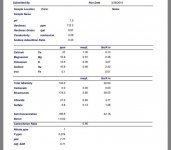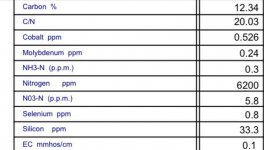I'm going to plant a spring time cover crop and get my biology active. My local feed and farm store sells a pretty awesome pre-mixed bag of clover, peas, vetch, oats, etc..
What I'm undecided on, terminate the cover crop by turning it under before planting, or leaving it and letting it grow right along with my plants.
Obviously this ain't my first rodeo, but I'm really starting to focus and learn more about biology, minerals, foliars, soil and plant testing...I figured I could get more knowledge posting here vs. the outdoor section. Heres a shot of my garden before prep begins!
What I'm undecided on, terminate the cover crop by turning it under before planting, or leaving it and letting it grow right along with my plants.
Obviously this ain't my first rodeo, but I'm really starting to focus and learn more about biology, minerals, foliars, soil and plant testing...I figured I could get more knowledge posting here vs. the outdoor section. Heres a shot of my garden before prep begins!







